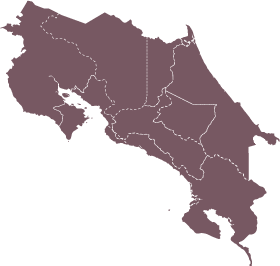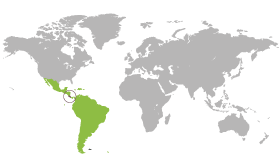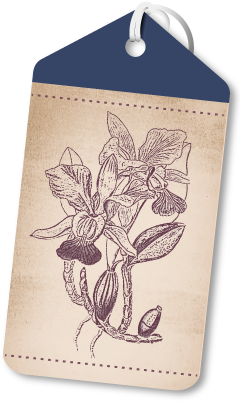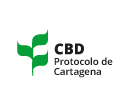 Overview
Overview


Area km2: 51,100
Population: 5,094,118
Capital: San Jose
ISO 3166: CR

Population density:
99.7 hab/km2

National flower:
Guaria morada
(Guarianthe skinneri)
Costa Rica is a small country, whose arable land is mainly devoted to the cultivation of bananas and coffee. Due to its small size, Costa Rica has focused on generating niche export markets, among which we can name counter-season cotton and soybean seed multiplication. Costa Rican agriculture ranks second in the country’s export revenues, behind the medical equipment sector, and followed by the food sector. Agricultural exports mainly consist of pineapples, frozen fruits, ornamental plants, mango, chayote, plantains and papaya. Costa Rica imports large amounts of wheat and soybean, mainly from the United States, Brazil and Argentina, both for human consumption and animal feed, and, also, small amounts of cotton for further processing.


 Trade
Trade Are there local developments?
Are there local developments?








